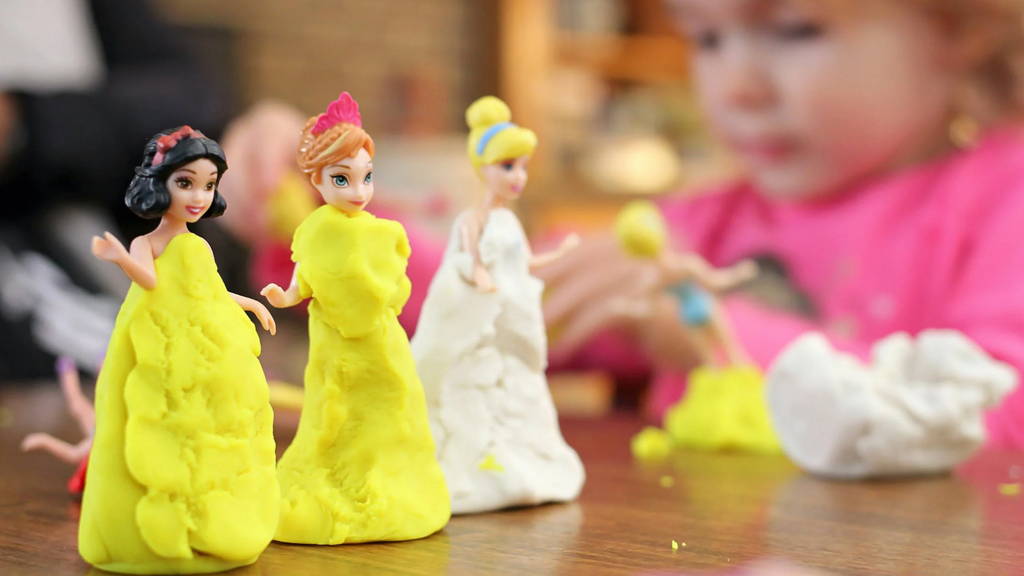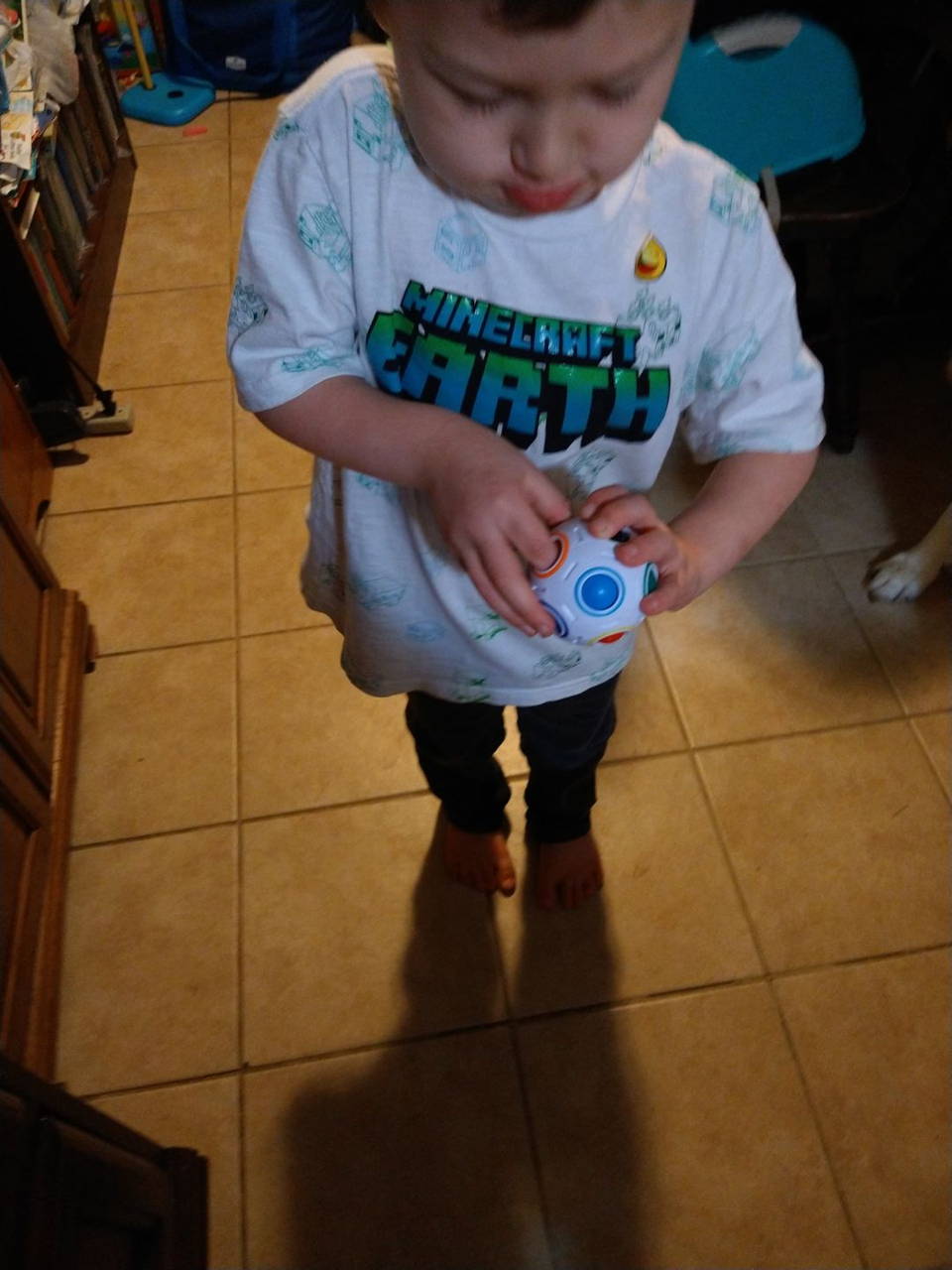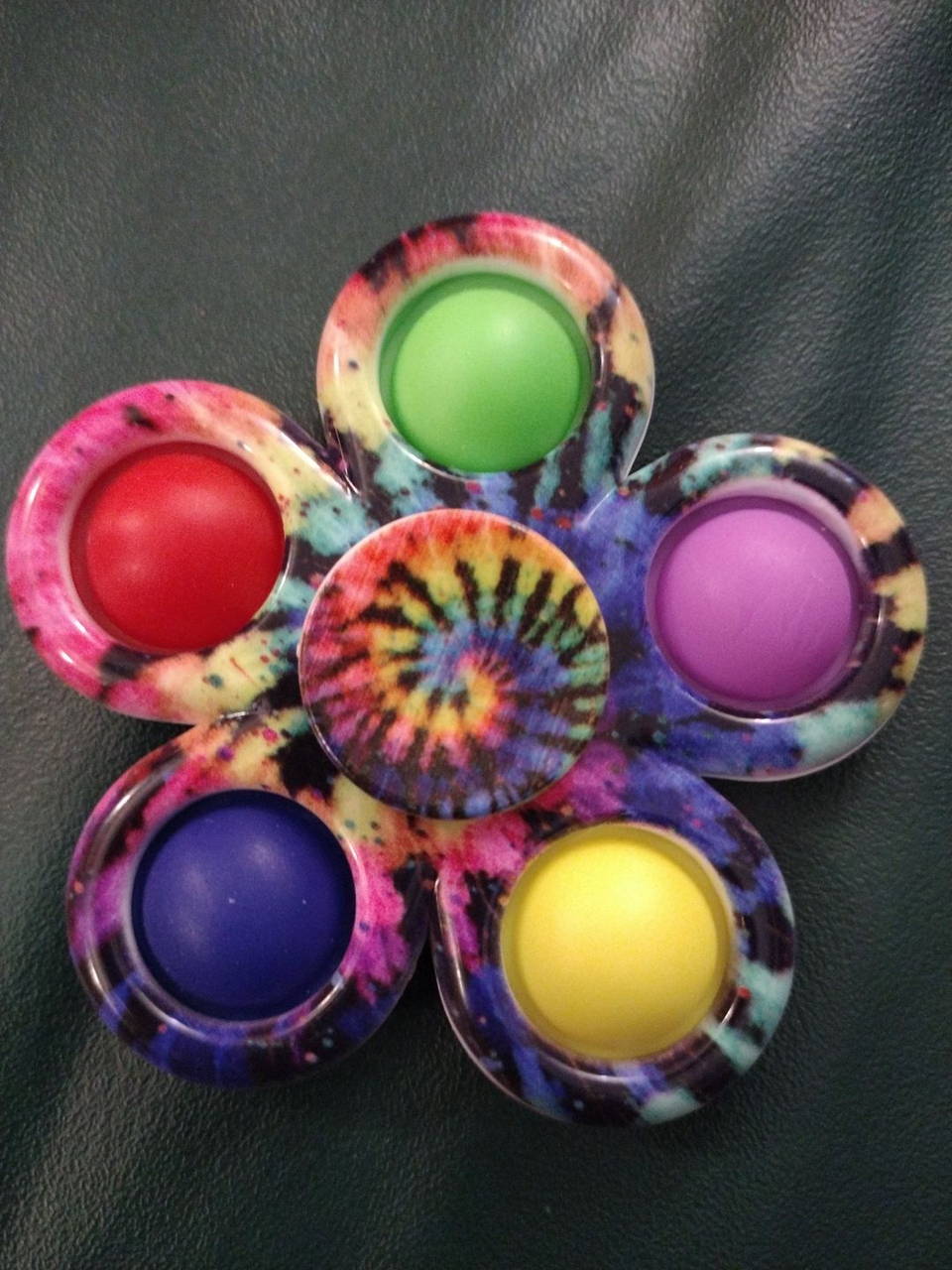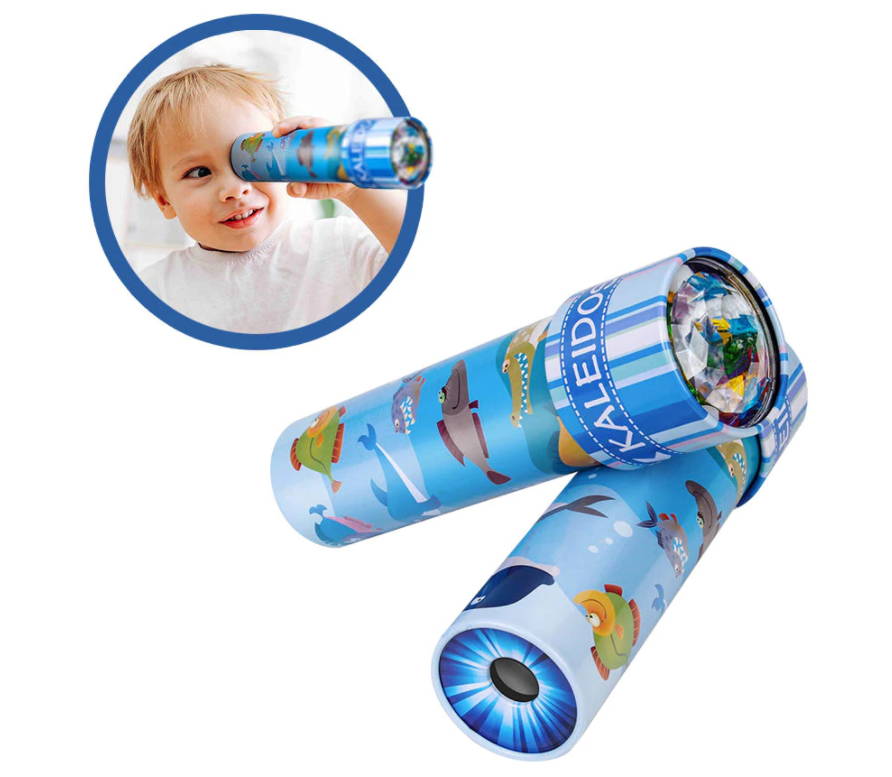Could Art Therapy Help Your Autistic Child Flourish?
Making art is a primal human drive that we instinctively understand even as children. It's like a language that lets us make up the rules as we go along, but it still leaves us feeling satisfied that we are expressing ourselves authentically. Maybe that’s part of the reason why art is such a perfect fit for people with an autistic spectrum disorder, and why art therapists can unlock so many benefits when they introduce autistic children to this colorful world.
Around one in 44 people in America is autistic. Autism is a neurological condition present from birth that affects a child’s social functioning and ability to communicate verbally. They may find conversation challenging, and they may struggle to understand social cues or be able to read body language and facial expressions. They may also display compulsive and repetitive movements and sensory sensitivities, but even if a child is non-verbal it’s a mistake to think that they have nothing to say. They have plenty to say, if only we could find a way for them to say it.
Art can build bridges to the thoughts and feelings of children with autism because they are visual thinkers by nature. Expressing themselves through language can be difficult, but making marks with paints or molding clay is a language that anyone can practice. That’s why art can be so beneficial for your child.
What is art therapy?
Art brings many benefits, and art therapy is the planned use of art activities either in groups or one-to-one settings to achieve them. Art-making is an emotional exercise that helps autistic children to express themselves, and a physical discipline that helps them to develop both fine and gross motor skills. Psychotherapists have been successfully using art therapy with all age groups for decades, and it seems particularly beneficial for children with autism.
Every child is different, but one of the goals that therapists usually aim for is increasing your child’s tolerance to unpleasant stimuli. Even if they don't like the smell of paint, for example, the enjoyment they get from painting can often override that because the reward helps them to persevere. When the art therapist can identify what your child enjoys most, it can encourage them to extend their boundaries. By expanding their comfort zone inside the art room, and by gradually desensitizing them to particular sensations, they will find it easier to tolerate similar sensations at home and in school, and they will also learn to better regulate their emotions.
The approach an art therapist takes will vary depending on the needs of each child, but there will always be some structure. They will typically start with a warmup activity to get everyone used to the setting, and when it’s time, they’ll also announce that the end of the session is coming soon, to avoid the kind of anxiety that an abrupt finish might cause.
Art therapists may also limit the number of art supplies in each session because too much choice can be overwhelming and may cause overstimulation. Through a process of trial and error, the therapist will get to know which activities your child responds best to. They may not get on well with modeling clay because the smell is not inviting, but Play-Doh, with its gentle vanilla scent, could be the perfect substitute.
The therapist will work to create a bond with your child, find out what they enjoy, and discover where their talents lie. As the sessions progress you can expect their motor skills to improve, along with their ability to recognize and respond to facial expressions. You may also notice improvements in their imagination and figurative thinking (the ability to see meaning in things and make connections).
Activities you can try at home
You don’t need to leave everything to a professional therapist, and why would you? All parents know that part of the fun of having kids is joining in with their play!
Sand Art
Painting/Finger Painting
Playdough Sculpting

Conclusion
Try experimenting with different activities until you find the ones your child loves, and build from there. It doesn’t matter what they prefer. The most important thing is that sharing the journey of discovery together will lead to better communication between you and your child.
 Skip to content
Skip to content





